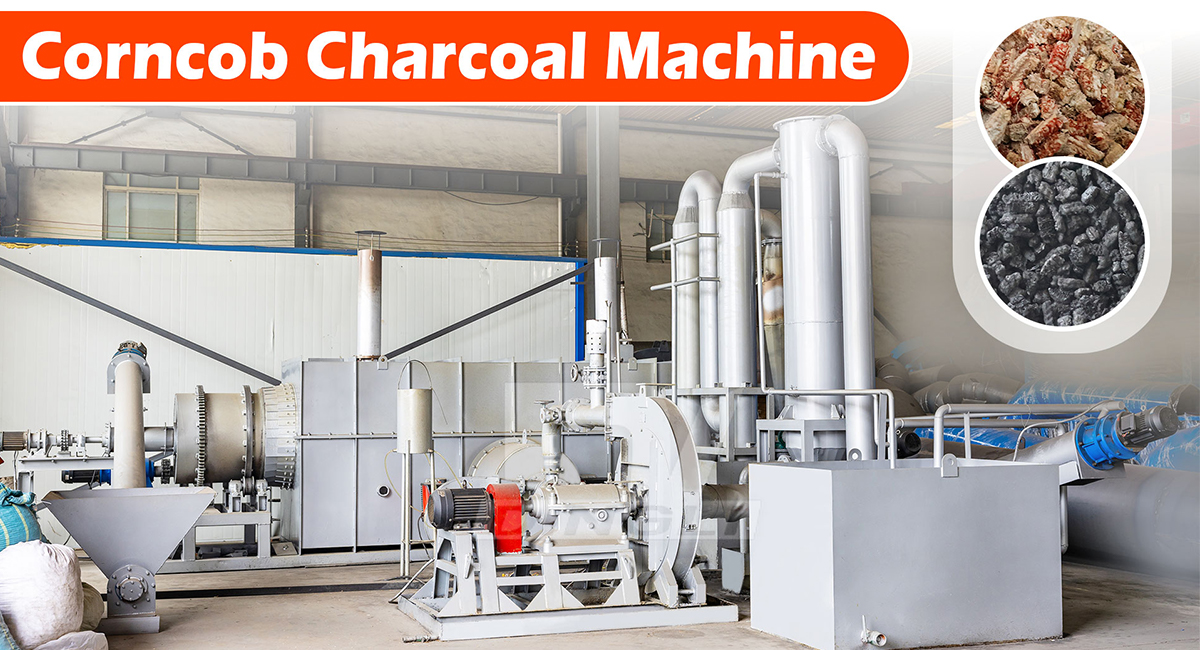 dinglimachine01@gmail.com
+86 16638159081(Wechat/WhatsApp)
dinglimachine01@gmail.com
+86 16638159081(Wechat/WhatsApp)
Converting corn cobs into high-quality charcoal is not a simple combustion process, but a precise "pyrolysis transformation" that occurs inside a carbonization machine. The smooth operation of this process highly depends on the unique environment created by the carbonization machine.
The core function of this "transformation machine" is to create a sealed and controlled thermal environment. After the corn cobs are fed into the carbonization machine, the equipment first expels internal air, creating an oxygen-deficient atmosphere. This is a crucial step, preventing the raw material from directly burning upon contact with oxygen, thus guiding it towards the correct path of pyrolysis and carbonization.

Temperature is another key player in directing this transformation. The carbonization machine, through a precise temperature control system, steadily raises the internal temperature to a specific range. During this process, volatile substances and moisture in the corn cobs are gradually expelled, leaving mainly fixed carbon components. This process preserves the original porous structure of the raw material, resulting in charcoal with higher energy density and more flammable properties.
Furthermore, the continuous operation capability of the carbonization machine is also essential. It can extend single-feed production to continuous production, continuously feeding corn cobs and stably outputting finished charcoal. This efficient conversion capability makes large-scale, industrialized charcoal production using agricultural waste a reality.